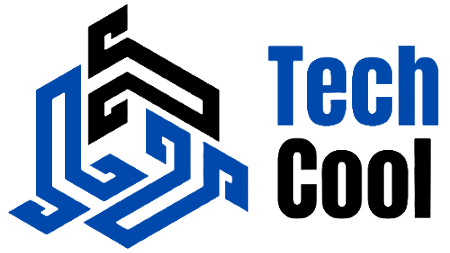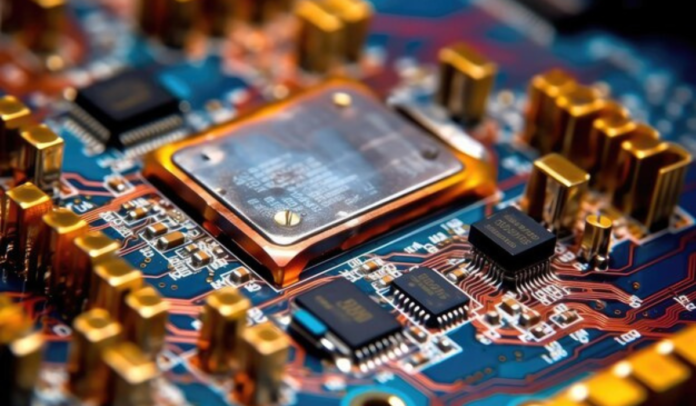Advanced electronics represent the cutting-edge of technological innovation, driving progress in fields ranging from telecommunications to healthcare and beyond. In this comprehensive guide, we delve into the latest developments in advanced electronics, their applications, and the transformative impact they have on various industries and everyday life.
1. Introduction to Advanced Electronics
Advanced electronics encompass a broad spectrum of technologies that go beyond traditional electronic components and systems. These technologies include microelectronics, nanoelectronics, optoelectronics, quantum electronics, and beyond. Advanced electronics enable the development of smaller, faster, and more efficient devices with enhanced functionality and performance.
2. Microelectronics: Shrinking Components, Expanding Possibilities
Microelectronics focuses on the miniaturization of electronic components and circuits, leading to the development of integrated circuits (ICs) and microchips with unprecedented levels of complexity and functionality. Moore’s Law, which states that the number of transistors on a microchip doubles approximately every two years, continues to drive advancements in microelectronics, enabling faster processors, higher memory capacities, and more energy-efficient devices.
3. Nanoelectronics: Harnessing the Power of Nanotechnology
Nanoelectronics explores electronic devices and systems at the nanoscale, where dimensions are measured in nanometers (one billionth of a meter). Nanotechnology enables the fabrication of nanoscale transistors, sensors, and other components with unique properties and functionalities. Carbon-based materials such as graphene and carbon nanotubes hold particular promise for nanoelectronic applications due to their exceptional electrical, mechanical, and thermal properties.
4. Optoelectronics: Illuminating the Future
Optoelectronics combines the principles of electronics and optics to develop devices that manipulate light for various applications. Light-emitting diodes (LEDs), photovoltaic cells, and optical sensors are examples of optoelectronic devices widely used in lighting, displays, renewable energy generation, and telecommunications. Recent advancements in optoelectronics include the development of organic LEDs (OLEDs), quantum dot LEDs (QLEDs), and integrated photonics for high-speed data transmission and processing.
5. Quantum Electronics: Harnessing Quantum Phenomena
Quantum electronics explores the use of quantum phenomena such as superposition and entanglement to develop novel electronic devices and systems with unparalleled capabilities. Quantum computers, quantum sensors, and quantum communication networks are among the most promising applications of quantum electronics. While still in the early stages of development, quantum electronics has the potential to revolutionize computing, cryptography, and information processing.
6. Wearable Electronics: Integrating Technology into Daily Life
Wearable electronics encompass devices that can be worn on the body, such as smartwatches, fitness trackers, and augmented reality glasses. These devices integrate sensors, microcontrollers, and wireless connectivity to monitor biometric data, track physical activity, and provide personalized feedback and notifications. Advances in wearable electronics enable seamless integration into daily life, empowering individuals to monitor their health, enhance productivity, and stay connected on the go.
7. Flexible and Stretchable Electronics: Breaking the Mold
Flexible and stretchable electronics represent a new frontier in electronic device design, enabling devices that can conform to irregular shapes and withstand deformation without compromising functionality. Flexible displays, electronic skins, and wearable health monitors are examples of applications enabled by flexible and stretchable electronics. These technologies hold promise for applications in healthcare, robotics, automotive, and consumer electronics, among others.
8. Bioelectronics: Merging Electronics with Biology
Bioelectronics involves the integration of electronic components and systems with biological systems to develop devices for healthcare, biotechnology, and bioengineering applications. Implantable medical devices, biosensors, and neural interfaces are examples of bioelectronic devices used for monitoring physiological signals, delivering therapeutic treatments, and interfacing with the nervous system. Advances in bioelectronics hold the potential to revolutionize healthcare diagnostics and treatment modalities, enabling personalized medicine and improved patient outcomes.
9. Energy Harvesting and Storage: Powering the Future
Energy harvesting and storage technologies play a crucial role in advancing electronics by enabling autonomous and energy-efficient devices. Harvesting energy from ambient sources such as sunlight, motion, and heat, energy harvesting systems provide renewable power for wireless sensors, IoT devices, and wearable electronics. Concurrent advancements in energy storage technologies, including lithium-ion batteries, supercapacitors, and solid-state batteries, enable longer operating times and faster charging capabilities for electronic devices.
10. Integration and Interconnect Technologies: Connecting the Dots
Integration and interconnect technologies are essential for realizing the full potential of advanced electronics by enabling seamless connectivity between components and systems. Through innovations in packaging, interconnection, and 3D integration techniques, electronics manufacturers can enhance performance, reduce form factors, and improve reliability. Advanced interconnect technologies such as through-silicon vias (TSVs), microbumps, and fan-out wafer-level packaging (FOWLP) enable higher-density integration and heterogeneous system integration for complex electronic systems.
FAQs (Frequently Asked Questions)
Q: What are some examples of applications enabled by advanced electronics?
A: Advanced electronics enable a wide range of applications, including high-performance computing, telecommunications, healthcare diagnostics, renewable energy generation, wearable devices, and flexible displays.
Q: What are the key challenges in advancing advanced electronics?
A: Key challenges in advancing advanced electronics include scaling down device dimensions, managing heat dissipation, ensuring reliability, addressing environmental concerns, and integrating diverse materials and technologies.
Q: How do advanced electronics contribute to sustainability and environmental conservation?
A: Advanced electronics contribute to sustainability and environmental conservation through energy-efficient devices, renewable energy generation, efficient energy storage, and eco-friendly manufacturing processes.
Conclusion
Advanced electronics represent the frontier of technological innovation, driving progress in diverse fields and reshaping the way we interact with the world around us. From microelectronics to quantum electronics, wearable devices to bioelectronics, these technologies enable new capabilities and applications that were once unimaginable. As we continue to push the boundaries of what is possible in electronic device design and fabrication, it is essential to prioritize sustainability, reliability, and ethical considerations to ensure that advanced electronics contribute positively to society and the environment. With continued research, collaboration, and innovation, advanced electronics will play a pivotal role in shaping the future of technology and improving the quality of life for people around the world.


